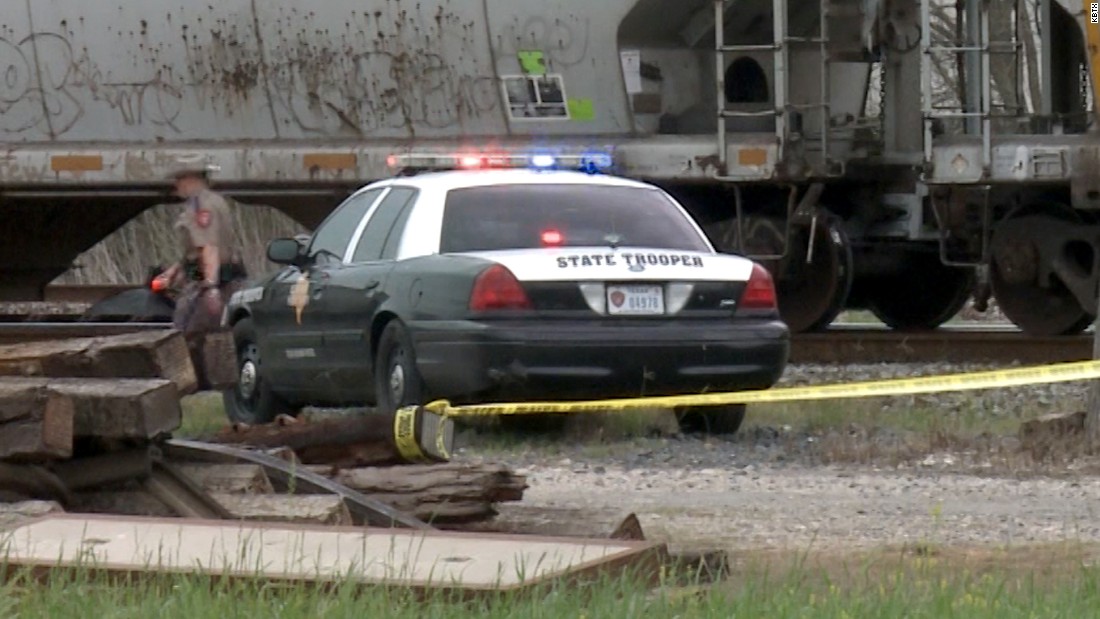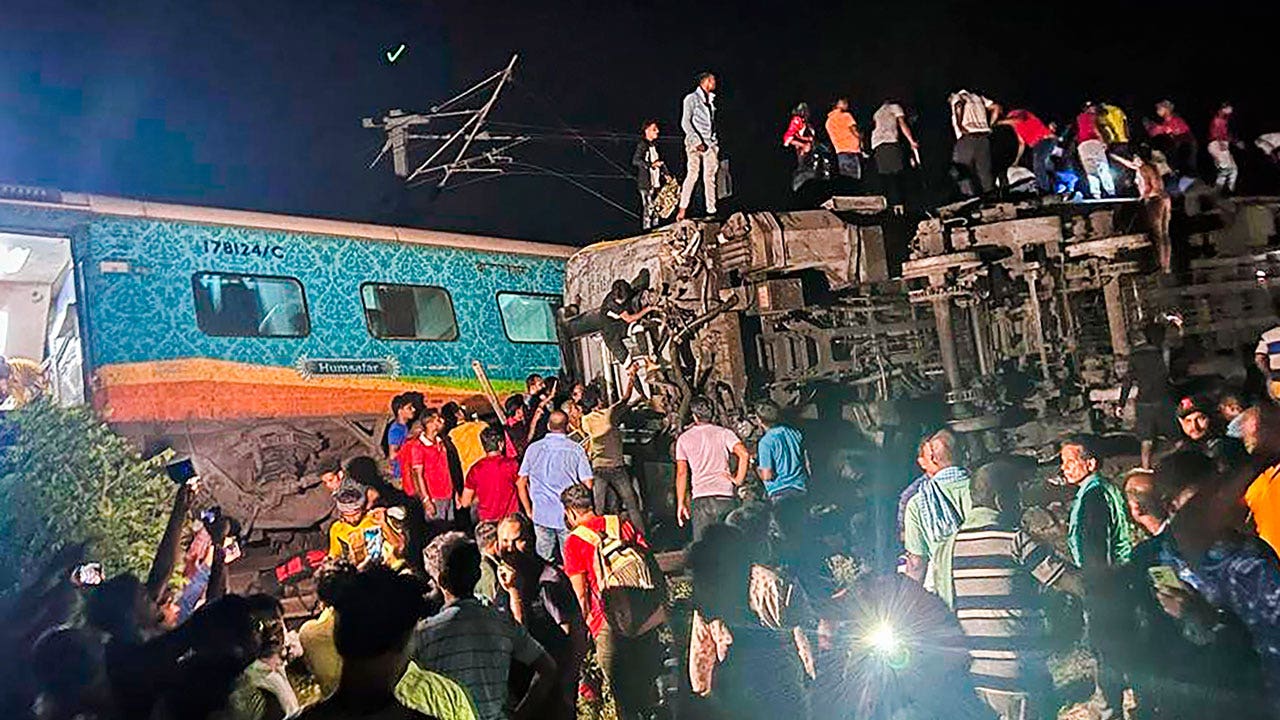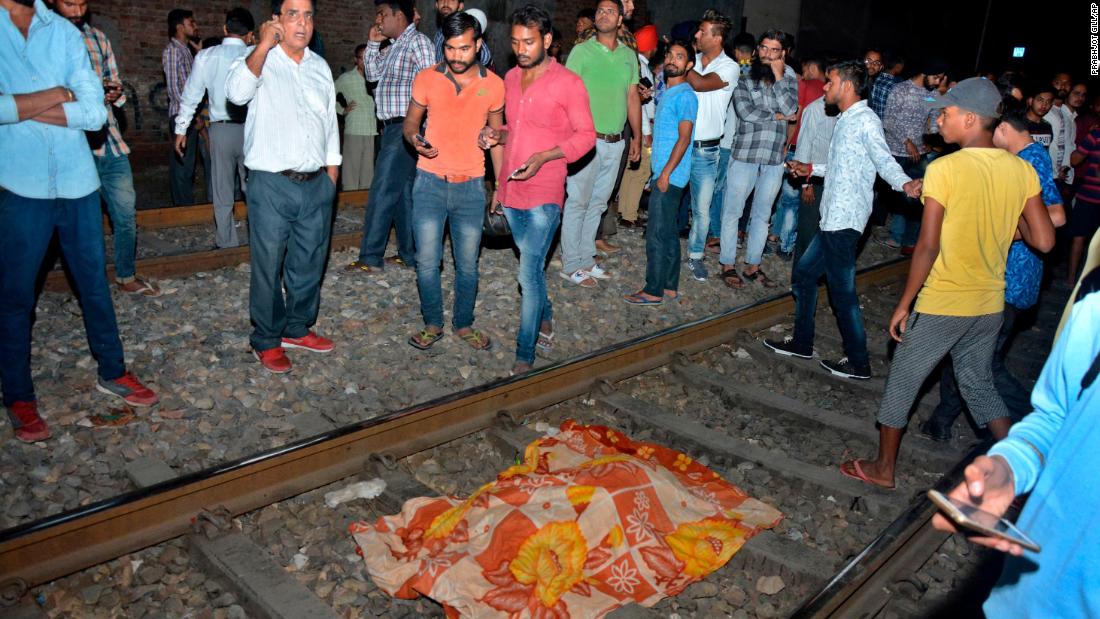Understanding Train Death: Causes, Statistics, And Prevention
Railway accidents are among the most devastating incidents worldwide, with train death being a critical concern for governments, transportation authorities, and the public alike. Every year, thousands of lives are lost due to train-related accidents, making it essential to understand the causes and potential solutions to mitigate these tragedies. The term "train death" encompasses a broad range of incidents, from collisions and derailments to trespassing and suicides on railway tracks. This article delves into the complexities surrounding train-related fatalities, providing insights into the causes, statistics, and preventive measures.
As global rail networks expand and passenger numbers increase, the risks associated with railway accidents have become more pronounced. Governments and railway operators are under immense pressure to improve safety standards and reduce the number of train deaths. However, addressing this issue requires a multifaceted approach that involves technological advancements, policy reforms, and public awareness campaigns.
This article aims to provide a comprehensive overview of the topic, equipping readers with the knowledge necessary to understand the gravity of train deaths and the steps being taken to prevent them. By exploring the root causes, analyzing relevant data, and highlighting successful interventions, we hope to contribute to a safer railway environment for everyone.
Read also:Kate Anne Onlyfans Unveiling The Rising Star
Table of Contents
- Biography of Train Death
- Causes of Train Death
- Statistics on Train Deaths
- Technological Solutions for Safety
- Policy Reforms in Railway Safety
- Public Awareness Campaigns
- Global Perspective on Train Deaths
- Emotional Aspects of Train Deaths
- Legal Implications of Railway Accidents
- Future Directions in Railway Safety
Biography of Train Death
While "train death" is not a person, it represents a phenomenon that has a profound impact on society. To better understand this issue, we must examine its history, evolution, and the factors contributing to its occurrence. Below is a summary of key information related to train deaths:
Data and Biodata
| Aspect | Details |
|---|---|
| Term Origin | Refers to fatalities caused by railway accidents |
| Global Impact | Affects millions of people annually |
| Primary Causes | Derailments, collisions, trespassing, and suicides |
| Preventive Measures | Improved infrastructure, technology, and education |
Causes of Train Death
Train deaths can be attributed to a variety of factors, ranging from human error to mechanical failures. Below are some of the primary causes:
Human Error
- Driver fatigue or distraction
- Mistakes made by railway staff
- Passenger negligence
Infrastructure Issues
- Outdated railway tracks
- Poor maintenance of trains and equipment
- Inadequate signaling systems
External Factors
- Natural disasters such as floods and earthquakes
- Acts of terrorism
- Trespassing on railway tracks
Statistics on Train Deaths
Data from various sources reveal alarming trends in train-related fatalities. According to the International Union of Railways (UIC), approximately 25,000 people lose their lives in railway accidents annually. These statistics underscore the urgent need for improved safety measures.
Key findings include:
- Collision accidents account for 40% of all train deaths
- Trespassing incidents contribute to 25% of fatalities
- Suicides on railway tracks make up 15% of the total
Technological Solutions for Safety
Advancements in technology offer promising solutions to reduce train deaths. Modern innovations such as Positive Train Control (PTC), automatic braking systems, and real-time monitoring are being implemented globally to enhance railway safety.
Positive Train Control (PTC)
PTC is a cutting-edge system designed to prevent train collisions and derailments by automatically controlling train speeds and movements. Studies show that PTC has the potential to reduce accidents by up to 80%.
Read also:Lil Peep Funeral A Comprehensive Look At The Life Legacy And Final Farewell
Automatic Braking Systems
These systems are designed to stop trains in emergencies, significantly reducing the likelihood of accidents caused by human error. Countries like Japan and Germany have successfully integrated these systems into their railway networks.
Policy Reforms in Railway Safety
Governments and regulatory bodies play a crucial role in ensuring railway safety. Policy reforms aimed at improving infrastructure, enforcing stricter regulations, and increasing funding for safety initiatives are essential to reducing train deaths.
Regulatory Frameworks
- Implementation of international safety standards
- Regular audits of railway operations
- Training programs for railway personnel
Funding Initiatives
- Government grants for infrastructure upgrades
- Private sector investments in safety technology
- Public-private partnerships for research and development
Public Awareness Campaigns
Public awareness is a critical component in preventing train deaths. Educational campaigns aimed at reducing trespassing, promoting safe behavior near railway tracks, and addressing mental health issues can have a significant impact on reducing fatalities.
Key Strategies
- Community outreach programs
- Social media campaigns
- Partnerships with mental health organizations
Global Perspective on Train Deaths
The issue of train deaths varies significantly across different regions. Developing countries often face greater challenges due to outdated infrastructure and limited resources, while developed nations focus on refining existing systems and adopting new technologies.
Regional Differences
- Asia: High population density increases the risk of accidents
- Europe: Advanced infrastructure and strict regulations
- Africa: Limited resources hinder safety improvements
Emotional Aspects of Train Deaths
Train deaths have a profound emotional impact on families, communities, and railway personnel. The psychological toll of such incidents cannot be overlooked. Providing support and counseling services to those affected is an essential aspect of addressing this issue.
Support Systems
- Counseling services for victims' families
- Peer support groups for railway workers
- Community programs to address grief and trauma
Legal Implications of Railway Accidents
Legal frameworks play a vital role in holding railway operators accountable for accidents and ensuring justice for victims. Lawsuits and compensation claims are common following major incidents, highlighting the importance of robust legal systems.
Key Legal Issues
- Liability and negligence claims
- Compensation for victims and their families
- Regulatory compliance and enforcement
Future Directions in Railway Safety
Looking ahead, the future of railway safety lies in continued innovation, collaboration, and commitment to reducing train deaths. Emerging technologies such as artificial intelligence and machine learning hold great promise in predicting and preventing accidents.
Innovative Technologies
- AI-driven predictive analytics
- Machine learning for real-time monitoring
- Blockchain for secure data management
Kesimpulan
Train deaths remain a pressing issue that demands immediate attention and action. By understanding the causes, analyzing relevant data, and implementing effective solutions, we can work towards a safer railway environment. Governments, railway operators, and the public must collaborate to address this challenge and save lives.
We encourage readers to share this article, engage in discussions, and support initiatives aimed at reducing train deaths. Together, we can make a difference and create a future where railway accidents are a thing of the past.


